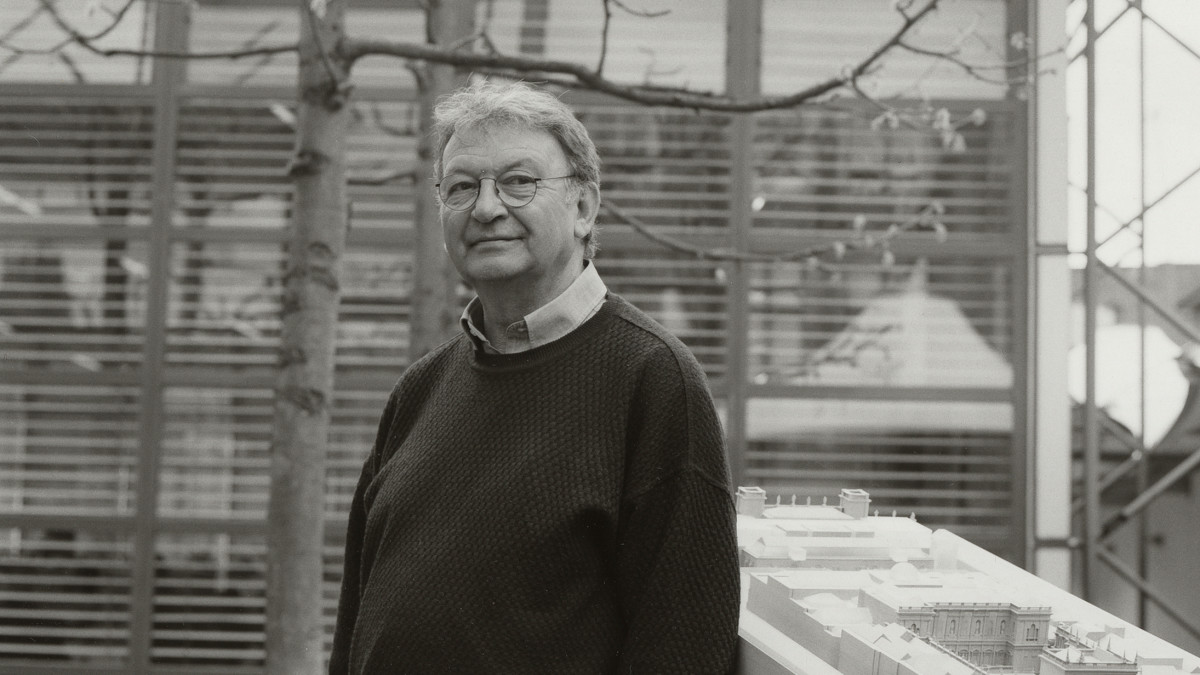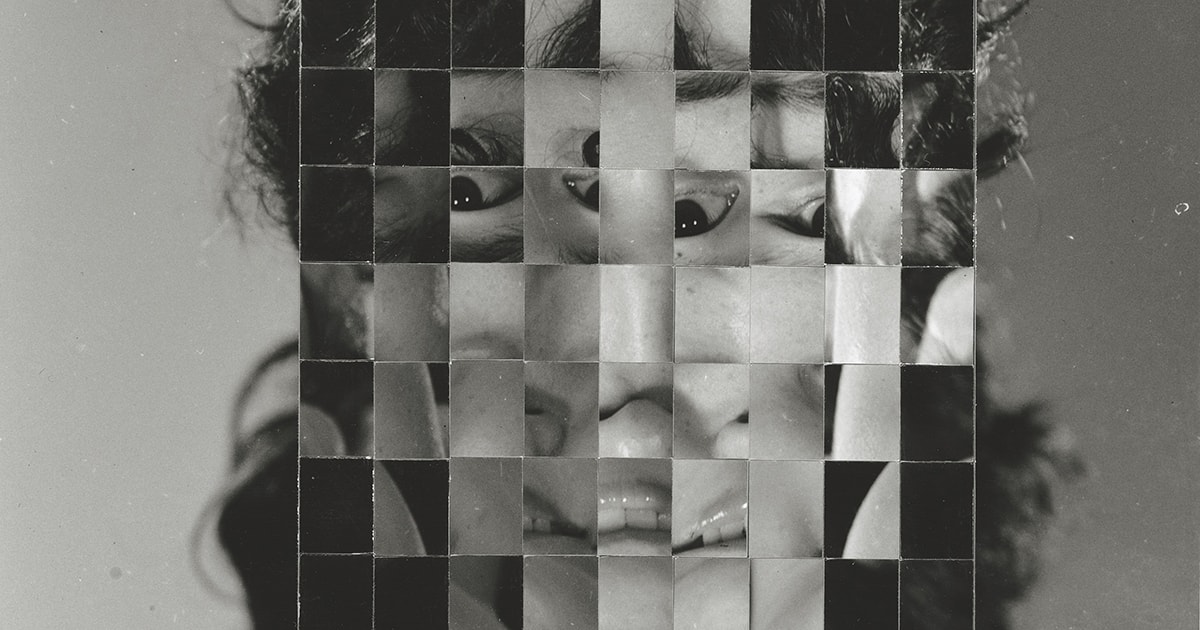Belated Bosal
2019 - Film & Video (Film & Video)
55:00 minutes
Park Chan-Kyong
Park Chan-Kyong’s otherworldly film Belated Bosal primarily follows two women as they navigate their way up a spectral mountain and through what appears to be a history museum or nuclear disaster bunker. They converge to jointly perform a funeral rite in a shipping container, which a group of artisans temporarily convert into a makeshift Buddhist temple, replete with traditional paintings. Shot in crisp and densely detailed black-and-white negative, each frame is lit by the format’s spooky incandescence: shadows are white and the sun is black, as if the world were being viewed through X-ray, infrared camera or a plutonium-sensitive film. Both the imagery of the film as well as its title reference a specific account of the philosopher Siddhartha Gautama’s death (who later became known as the Buddha), as well as the notion of pursuing a path toward enlightenment for the sake of all sentient beings, which is a foundational element of Buddhist faith and philosophy. By situating classical religious ideology and modes of visual representation against and within a frame of impending (or past, or present) disaster, Park seems to point toward the always-already present nature of catastrophe, as well as the possibility of non-dualistic and relativistic logics of Eastern philosophical systems to guide our approach to both scientific development and ecological catastrophe.
Artist and filmmaker Park Chan-kyong was born in Seoul under the reign of Park Chung-hee, whose authoritarian rule transformed South Korea from an impoverished, war-torn country into what the artist describes as a ‘militaristic, repressive, modern state.’ The shadows of Japanese occupation and the Korean War loomed large over the period, driving the call for nationalism and productivity. Park Chan-Kyong’s works quietly resist that drive—they recall the lives that modernization too often ignores. Most of Park Chan-Kyong’s multimedia installations—which incorporate an array of found footage, photography, and vintage cinema—are slow and understated, almost abstract works. But a closer look reveals a shrewd take on Cold War politics and the formation of modern Korea. Rather than using the dramatic power of film to restage the past, Park finds meaning in voids and absences. With a sly use of text and montage, Park resuscitates stories that have been repressed or hidden from the official accounts, reminding us how present they still are.
Colors:
Other related works, blended automatically
» see more

© » KADIST
Park Chan-Kyong
2016Park Chan-Kyong’s film Citizen’s Forest draws on two works for which the artist has a particular fondness: The Lemures , an incomplete painting by Korean artist Oh Yoon, and Colossal Roots , a poem by Korean poet Kim Soo-Young...
Related works sharing similar palette
» see more

© » KADIST
Eric Baudelaire
2013With the war-torn Beirut cityscape as its backdrop—urban alleys, glistening beaches, abandoned buildings—Eric Baudelaire’s complex film, The Ugly One , unfolds in a time and place that vacillates among revolutionary narratives of the past, the fragile and ever-changing political situation of the present, and attempts to piece together the memories of those that live, or once lived, in the city...
Other works by: » Park Chan-Kyong
» see more

© » KADIST
Park Chan-Kyong
2016Park Chan-Kyong’s film Citizen’s Forest draws on two works for which the artist has a particular fondness: The Lemures , an incomplete painting by Korean artist Oh Yoon, and Colossal Roots , a poem by Korean poet Kim Soo-Young...
Related works found in the same semantic group
» see more

© » KADIST
Geof Oppenheimer
2011Designed as an installation timed spent is determined by the viewer, as with classical sculpture, Anthems is a piece that is in place, and in time, and an important genre of video within the collection...

© » KADIST
Elena Damiani
2014In Fading Fields 7 by Elena Damiani, the unstable transparency of the print on silk chiffon is relative to the light and the viewer’s position, varying continually as one moves around the work...





